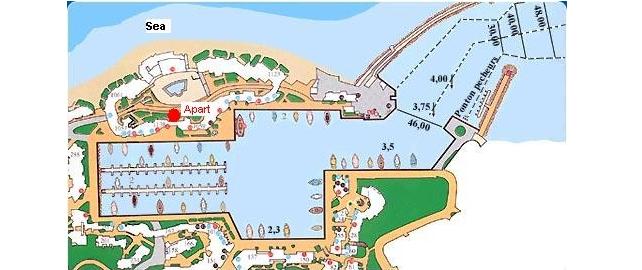30
Dec
Advantages of GIS in Port and Maritime Management
0
 Why need GIS for port and maritime management:
Why need GIS for port and maritime management:
- Port Design, Infrastructure and Expansion Planning
- Environmental Management, Facility and Utility Management
- Property and Lease Management
- Security Operations
- Emergency Response and Management
- Port Operations and Intermodal Management
- Meteorological Monitoring
- Visualization and assessment of water depth
- Public Information
How GIS is useful in port management is elaborated below:
- Determination of the capital investments and operational changes
- Planning of new port site using geospatial data of ports
- Management and planning of the Special economic zones (SEZ)
- Infrastructure planning for the employees working on the ports
- Land use planning for port areas
Port security improvement using GIS:
- GIS provides picture of the port facility management
- It supports coordination and communication tasks effectively
- Provides situational awareness through network
- For actual tracking of the vehicles of the ports, Port facilities can be provided by live CCTV cameras for providing real time security, GPS tracking of the truck
Port Facility Management with superior efficiency:
- GIS techniques is important in achieving greater efficiency
- For collection of different facilities and achieving it at optimum level
- GIS is valuable for port management and best allocation decision in available less resources of the port
- GIS base management system with facility management is cost effective with more efficiency
For visualizing and modeling port operations:
- Coordinated many activities within the port by management of the port’s daily operations.
- Visualization, modeling and analysis functionalities of GIS with locational information is important for acquiring more efficiencies.
- Through GIS controlling traffic of the ships with improved coordination of the activities.
GIS is beneficial in port management and monitoring:
- Centralize data management through GIS techniques, and which provides access for actual and real time information.
- Effectively management and coordination of any shipments i.e. ship to truck or ship to rail by using accurate and timely information.
- Integration of GIS with real time containers and vehicle tracking is helpful for scheduling and its management in port.
- Actual tracking of the port containers and assets in port which maximizes security with efficiency and finally its useful in improvement of citizen services.
- Actual development of executive dashboards by using GIS techniques which display realistic data in the form of graphs, maps, videos and detail data.
